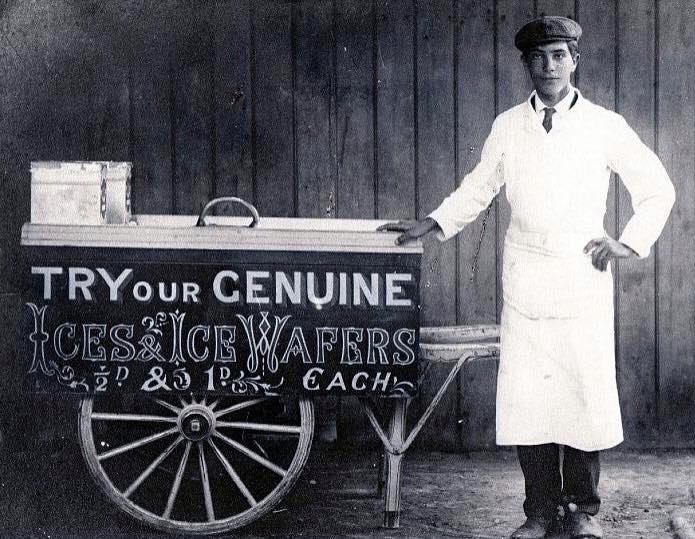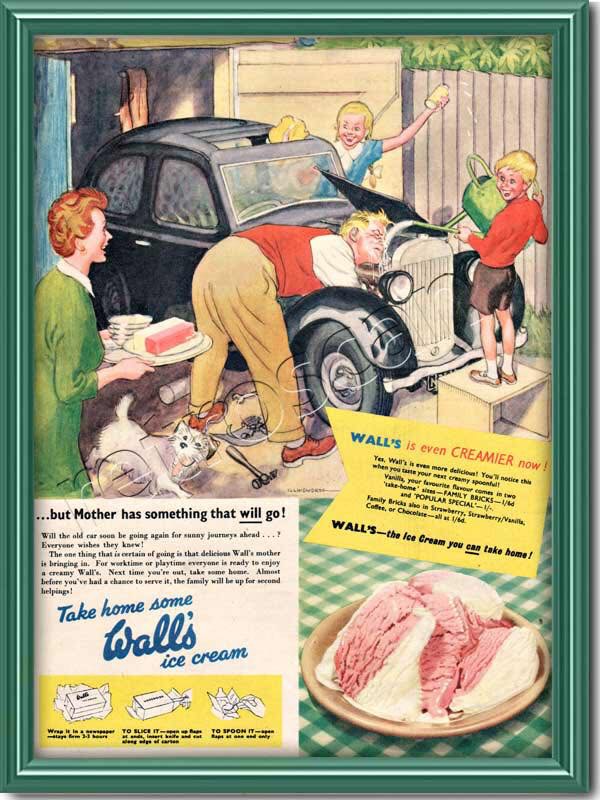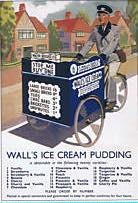Did you know?
Walls! The name is synonymous with Ice cream today. Walls is found everywhere, in the largest of malls and the smallest of towns.

However, long before Walls became the symbol of global cooling, it was but a modest shop selling (and you are never going to guess this!) pork.
in 1786, Richard Wall opened a butcher’s stall in St James’s Market, London. In 1812, Wall received the first Royal Appointment to George, Prince of Wales as a fine “Purveyor of Pork.”
A hundred years passed with Walls providing succulent meats to various members of the royal family and the general public. In the early 1900s, the business passed on to Richard’s grandson Thomas Wall II.
Thomas, a smart bloke, noticed a peculiar pattern. While the business flourished in the winter months, every summer the company had to lay off staff as demand for its sausages, pies and meat fell. He wondered what he could do with his warehouse space and his employees during the summer, which could keep both gainfully occupied. In 1913, Thomas Wall II conceived the idea of making ice cream in the summer to avoid those lay-offs. Sadly, the First World War broke out shortly thereafter and his idea had to be put on ice.
Thomas’ ardor for ice cream did not cool; he revived his idea in 1922. In the early days, sales were disappointing. Ice cream had not really caught on in England; the main purveyors were of Italian origin and ran small kerb-side shops. That did not deter Thomas. His original intention was to sell ice cream to retailers, but shop keepers, nervous of this unconventional product originating from a reputed butcher, were not interested. Wall’s therefore decided to sell the ice cream direct to the public. The question was – how?

Shortly thereafter, a director in Wall’s saw a man selling odds and ends in the street, not from the usual barrow but from a ramshackle box tricycle. Eureka! He hit on the notion of adapting this curious approach to selling ice cream. He dressed in white overalls and a sailor’s cap, took out the first prototype tricycle for three weeks and created a new English catch phrase — “STOP ME AND BUY ONE”. People, intrigued and curious, tried the ice cream, liked it, and learned to listen for the bell. The Wall’s tricycle rapidly became a national institution; to the children it was simply “Wallsie”, the highlight of their day. By 1939, Wall’s fleet of tricycles expanded to 8,500.
Once again, war intervened. World War II curtailed the manufacture of ice cream, and the tricycles were requisitioned for use at military installations.

1945 ushered in a changed world. Old prejudices had vanished. The public, more eager than ever to buy ice cream, turned to the shops of Wall’s Agents throughout the UK. Shopkeepers found ice cream their best-selling line.

Isn’t it amazing? Empty warehouses and a reluctance to lay off people, lead to a global phenomenon.

